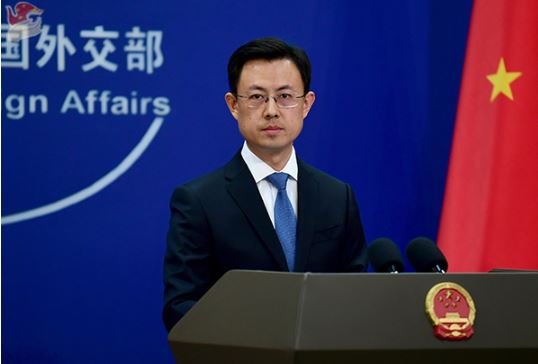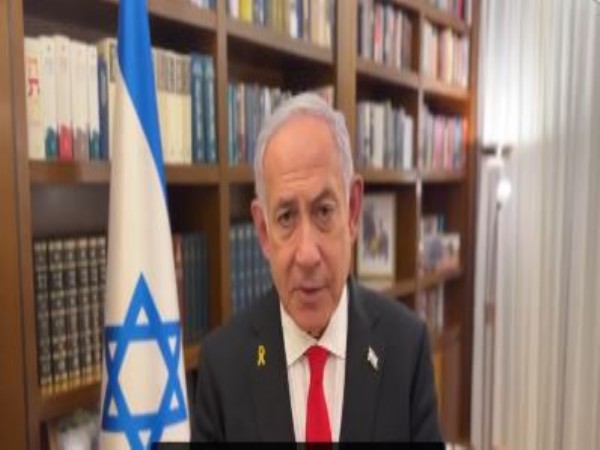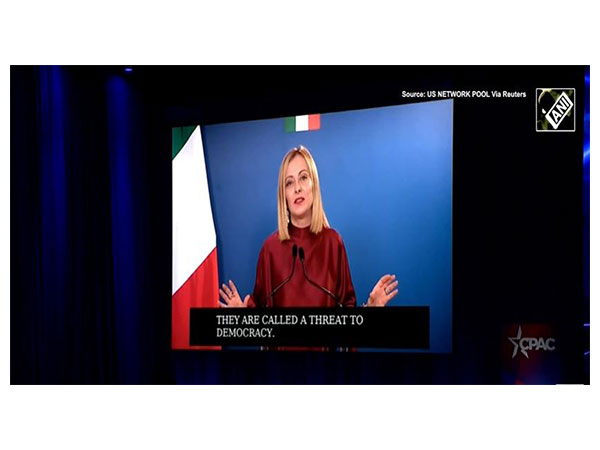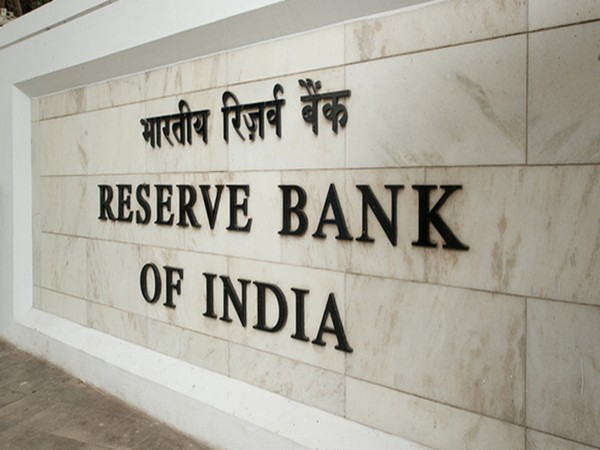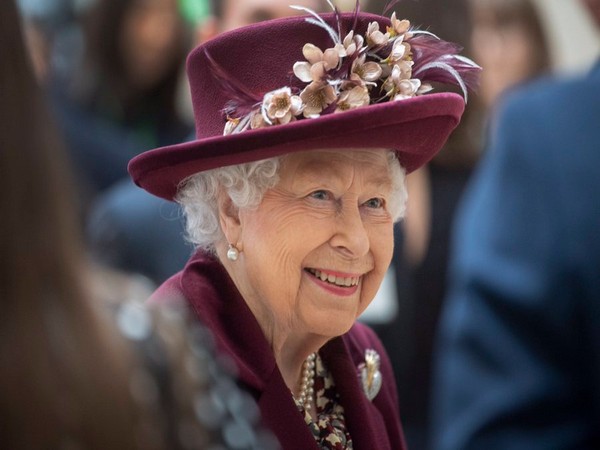
London [UK], September 8 (ANI): Queen Elizabeth II, the longest-serving monarch of the UK, died on Thursday, aged 96. “The Queen died peacefully at Balmoral this afternoon. The King and The Queen Consort will remain at Balmoral this evening and will return to London tomorrow,” the Royal Family said in a statement.
Earlier today, the palace said that the Queen was under medical supervision at Balmoral after the doctors expressed their concern over her health. “Following further evaluation this morning, the Queen’s doctors are concerned for Her Majesty’s health and have recommended she remain under medical supervision,” the official statement from Palace said.
The Queen was born on 21 April 1926 at 17 Bruton Street in Mayfair, London. She was the first child of The Duke and Duchess of York – who later became King George VI – and Queen Elizabeth. Buckingham Palace earlier reported that doctors were concerned about the health of Elizabeth II, and recommended that she remain under medical supervision.
If reports are to be believed the British government has a plan Codenamed Operation LONDON BRIDGE, in the event of her death.
96 rounds of royal gun salutes fired to pay tribute to Queen Elizabeth II
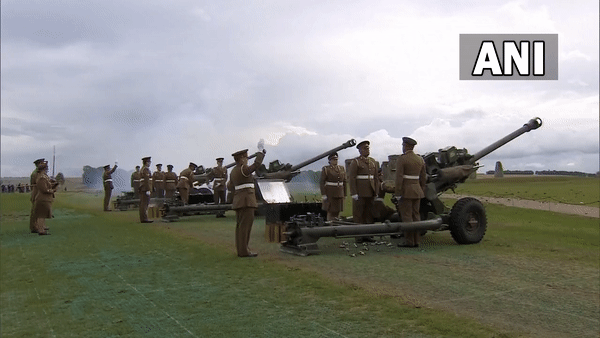
London [UK], September 9 (ANI): To give tribute to Queen Elizabeth II on her demise, royal gun salutes of 96 rounds to mark each year of her long life took place in London, Belfast, Cardiff and Edinburgh, media reports said.
After the passing away of Queen Elizabeth on Thursday, King Charles will be officially proclaimed as Britain’s new monarch at a meeting of the Accession Council at St James’s Palace on Saturday. The 73-year-old King Charles has boarded a plane to London and will be proclaimed at Accession Council tomorrow at 10 am tomorrow in the State Apartments of St James’s Palace, said Buckingham Palace.
King Charles was by his mother’s side at her beloved Scottish Highlands home as her health deteriorated, will return to the capital to hold his first audience with Prime Minister Liz Truss as king, before he addresses the nation on television at 6 pm, reported Sky News.
Dressed in a black suit and tie, the grieving King, left Balmoral this afternoon seated in the back of a car, with his wife Camilla, the Queen Consort, in the front passenger seat, as they were driven in convoy to the airport. He stepped out carrying a bundle of papers and stopped to shake hands and spend time chatting to staff in the rain, before leaving on a plane bound for London, reported Sky News.
The couple spent the night at Balmoral following the death of the 96-year-old monarch, who he described as a “cherished sovereign and a much-loved mother”. Following news that the Queen’s health was deteriorating, other senior royals also rushed to be by her side, including the next in line to the throne, Prince William.
His brother Prince Harry, was the first to leave the Royal Family’s Scottish residence this morning and boarded a British Airways flight from Aberdeen to London after he had traveled to Scotland alone.
Prince William did not join his father, as it is a royal protocol that the monarch and heir to the throne do not travel together, reported Sky News.
He, Princess Royal, the Earl and Countess of Wessex and Prince Andrew remain in Scotland. Senior royals will have duties to perform in Scotland in the coming days when the Queen’s coffin begins its journey back to the capital.
King Charles III acceded to the throne immediately following the death of Elizabeth II on Thursday, and described losing his mother as “a moment of the greatest sadness for me and all members of my family”. During this mourning period, he said he and his family would be “comforted and sustained by our knowledge of the respect and deep affection in which the Queen was so widely held”.
The new monarch – born Charles Philip Arthur George – became heir to the throne at the age of three, a title he would hold for 70 years. He has been preparing to be King his entire life and has chosen to use his Christian name for his title as monarch, just like his late beloved mother, Queen Elizabeth II.
The formal process of proclaiming him King will be carried out by the Accession Council – a group made up of Privy Counsellors, Great Officers of State, the Lord Mayor of London, Realm High Commissioners and senior civil servants. It is split into two parts. The first approves various consequential orders including the arrangements, without the King present.
The second involves the King holding his first Privy Council, making his declaration and reading and signing an oath to uphold the security of the Church in Scotland (as unlike in England, Church and State are separate there) and approve orders which facilitate continuity of government. (ANI)
What happens next?
London [UK], September 9 (ANI): As the longest-serving monarch of the UK, Queen Elizabeth-II died on Thursday, her seven-decade-long reign came to an end, triggering questions regarding further proceedings and transition of powers.
According to a professor of British and Commonwealth history at the University of London, Philip Murphy, the Whitehall started the planning process about what would happen when the Queen dies from the time she became one, New York Times reported. “Much of it has been planned down to the minute, and some things have already fallen into place,” he said, adding that the transition of power will be automatic as the throne cannot be left vacant and whoever succeeds her becomes king of Canada, king of Australia, king of Tuvalu. Upon her death, Prince Charles becomes King Charles III , as per media reports.
Moreover, the national anthem of Britain will now again shift back to “God Save the King” as the British Queen breathed her last on Thursday at Balmoral castle in Scotland, according to the New York times.
According to protocol, Charles will make four traditional public statements taking up the new role and will give a personal and political inaugural declaration at the first meeting of the Privy Council.
Moreover, Charles will also make a statutory oath to uphold the Church of Scotland during the meeting of the council and confirm the timing of the queen’s funeral. The day of the funeral has not been confirmed yet by the Royal family.
Lastly, Charles will take the Coronation Oath following which a proclamation will be read, declaring the reign of the new king, the New York Times reported.
The UK authorities had devised Operation London Bridge to manage events during the first 10 days between the Queen’s death and the funeral. They had thought of Operation Unicorn in case the queen died in Scotland.
As per the documents seen by The Politico, Thursday was declared as “D-Day” and each following day leading up to the funeral will now be referred to as “D+1,” “D+2” till the tenth of the Queen’s death. As per one official memo, the code for conveying the message of the Queen’s death is “London bridge is down,” following which a vast security operation to manage crowds and travel chaos is planned to be carried out.
Ten days after Queen’s death, the newly appointed UK Prime Minister Liz Truss will be the first member of the government to make a statement. Aside from the statement from the PM and other members of the government, gun salutes will be arranged at all saluting stations.
Subsequently, Liz Truss will hold an audience with the new king, and King Charles will deliver a broadcast to the nation.
The state funeral will be held at Westminster Abbey and there will be a committal service in St. George’s Chapel at Windsor Castle. Thereafter, Queen Elizabeth II will be buried in the castle’s King George VI Memorial Chapel.
The Queen was born on April 21, 1926, at 17 Bruton Street in Mayfair, London. She was the first child of The Duke and Duchess of York – who later became King George VI – and Queen Elizabeth. (ANI)

